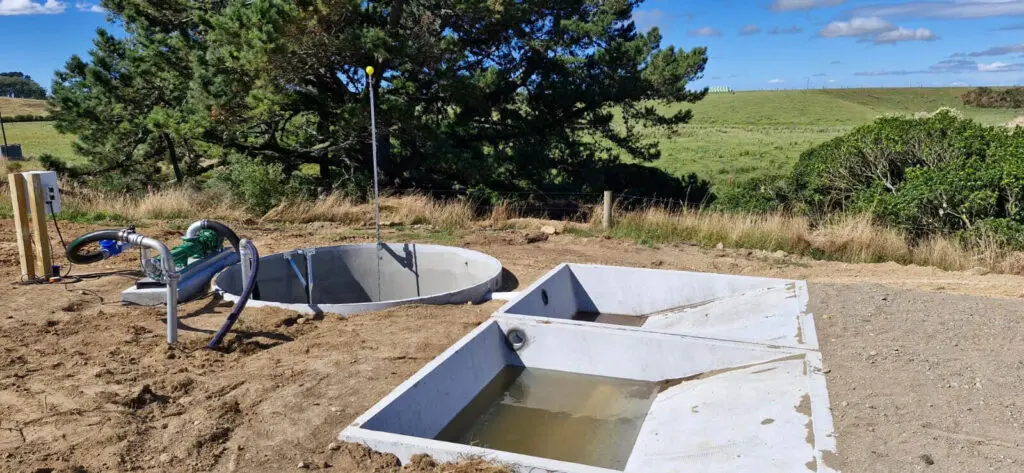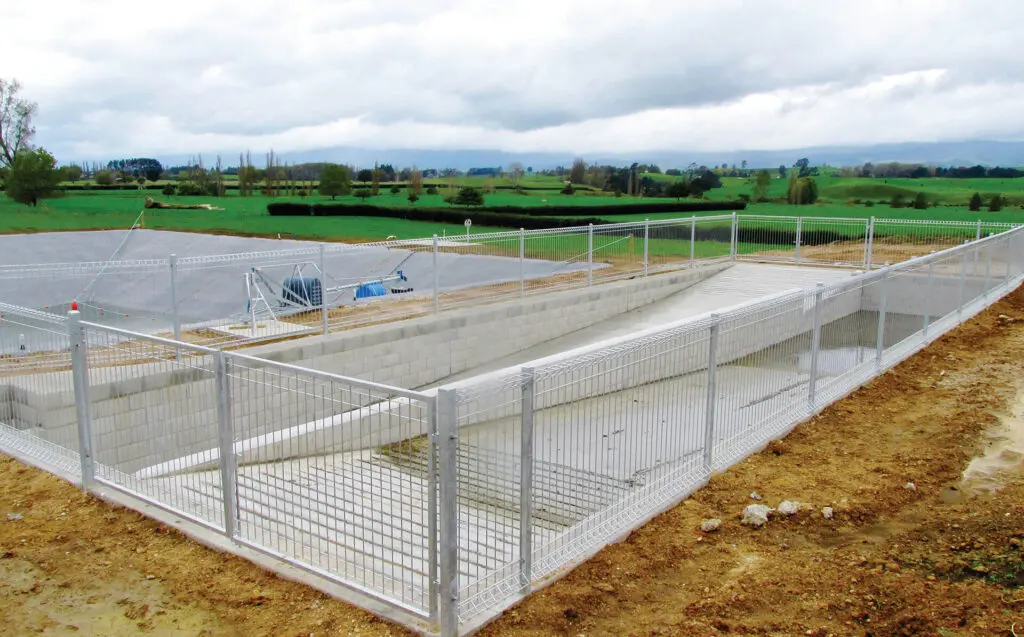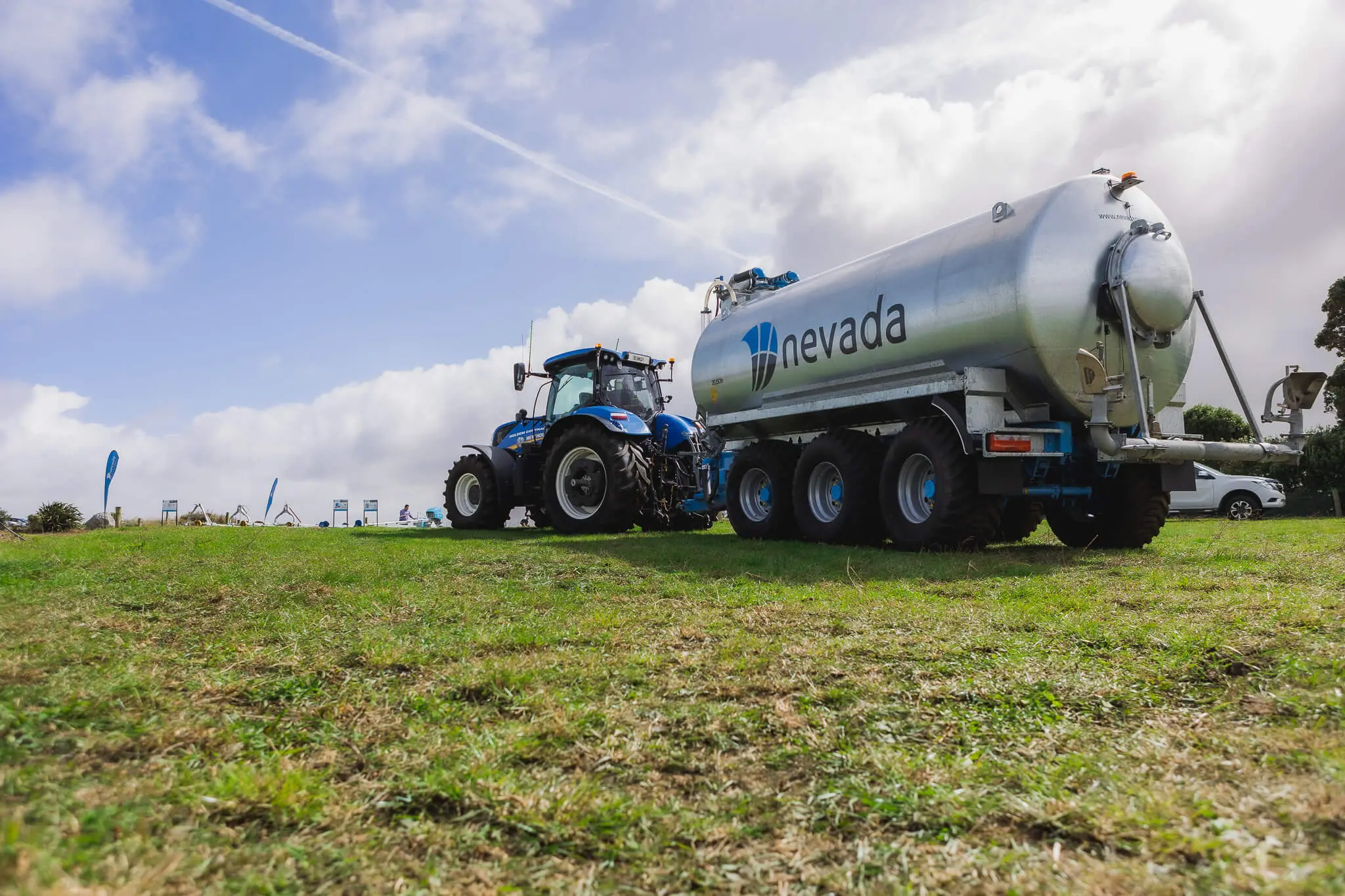- Sustainable Effluent Management
If your stone trap is not maintained or set up correctly, the rest of your effluent system will suffer:

Stone traps work by slowing down the effluent flowing into storage, allowing heavy solids to drop out of suspension. To do this the inlet and outlet pipes need to be staggered.
Double stone traps further filter the effluent with a baffle on the second trap which captures the floating solids. This is useful for instances where it is particularly important to keep solids out of storage. Bladder tanks or above ground tanks where it is more difficult to remove solids can benefit from a double stone trap.

Maintaining your stone trap is quite simple. It’s usually just a matter of monitoring it to ensure the inlet and outlet pipes are clear, and the solids are emptied from the traps before they reach the outlet pipe.
When it comes to emptying out a stone trap, you’ll need a stick and a front-end loader tractor. Use the stick to check the firmness of the solids. Once they are firm enough, you can dig them out with the front-end loader. With larger stone traps you can usually load the solids directly onto a tractor or muck spreader, or for smaller loads you can store them in a bunker to dry out.
If you have a double stone trap, the second trap will hold a lot more slush. For this a slurry tanker is usually needed for cleaning out.
So there you have it! The simple job of monitoring and maintaining your stone trap should be part of a regular routine. Maintaining your stone trap will ensure a longer lasting, more reliable effluent management system.
Receive fortnightly email newsletters with the latest insights from Nevada!
Copyright © 2025 Nevada Group
Receive fortnightly email newsletters with the latest insights from Nevada!
Copyright © 2025 Nevada Group
"*" indicates required fields
